Updated radon map for Great Britain published
The UK Health Security Agency and BGS have published an updated radon potential map for Great Britain.
02/12/2022 By BGS Press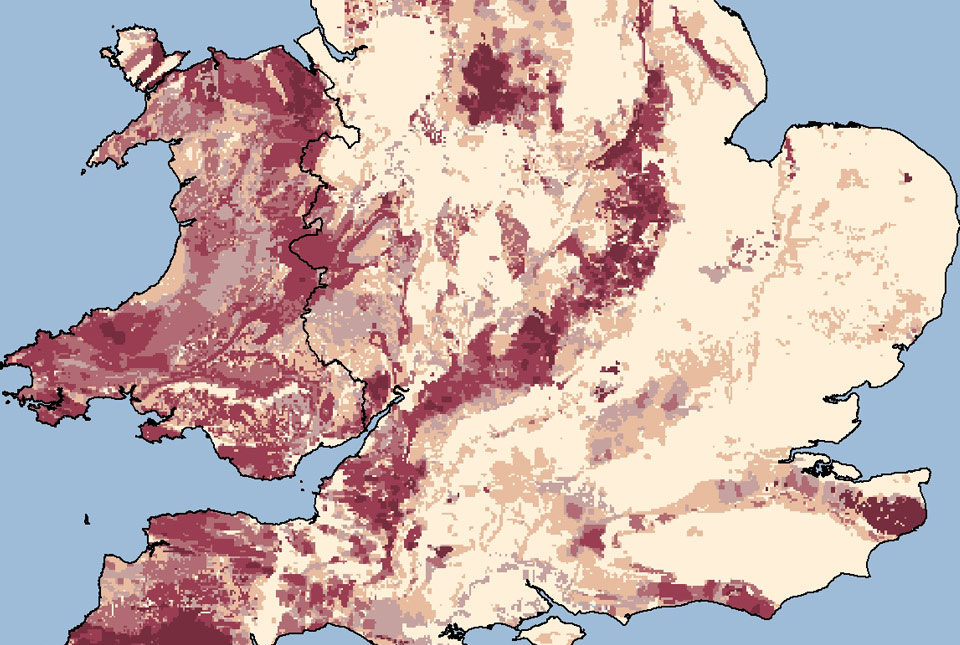
The update to the radon potential map of Great Britain, produced by the UK Health Security Agency (UKHSA) and BGS, is the first in over 10 years and provides an authoritative analysis of the likelihood of a building being in a ‘Radon Affected Area’ (an area with higher radon potential).
Radon (chemical symbol: Rn) is a colourless and odourless gas that 1100 lung cancer deaths per year are attributed to in the UK. The risk is highest among smokers and ex-smokers.
For most people, the risk of developing lung cancer from exposure to radon remains low and levels of radon have not increased across the UK. However, UKHSA advises you to test your home if you live or work in a Radon Affected Area. There are several methods of reducing high radon levels in buildings.
The latest update to the radon map, available to view on the UKradon website, is the product of years of new analysis and research, combining the latest geological mapping with one of the largest databases of in-home measurements ever compiled.
Whilst the vast majority of buildings remain outside Radon Affected Areas, this new map has refined our knowledge of areas where high radon levels are more likely to occur. The overall number of buildings with high radon levels remains the same.
The radon map allows local councils, national and regional governments, social and private landlords, private homeowners and employers to assess the radon risk in their properties. It is also used in building regulations to inform where radon preventative measures should be incorporated in new buildings.
While the vast majority of buildings remain outside Radon Affected Areas, if the property you own is in an affected area, it is important that you arrange for a test. If you live in private or social rented accommodation, speak to your landlord, who should organise a test for you to carry out.
Employers can use this map to help undertake a suitable and sufficient risk assessment and take appropriate action where necessary.
The updated maps provide information that allows property owners, landlords and employers to make informed decisions on the benefits of undertaking radon measurements and potential remediation work.
Tracy Gooding, principal radiation protection scientist at UKHSA.
Radon occurs in all rocks and soils. Using a revised statistical approach to our mapping of geology across Great Britain has enabled us to model where this geohazard is more likely to be present in buildings.
This map is a significant update to the previously published version and will help to raise awareness about this geohazard.
Russell Lawley, BGS Principal Geologist.
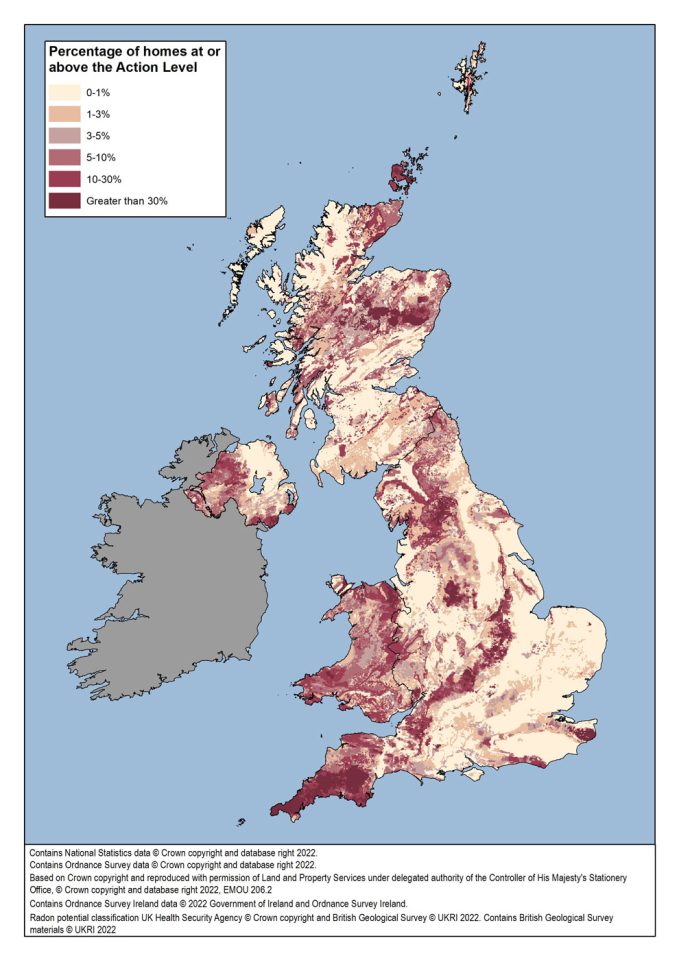
Map showing the full radon potential dataset for the UK.
UKHSA has published guidance for Radon Affected Areas. Further information on techniques available to lower elevated levels of radon are also available.
Radon data available through BGS
- A GIS compatible version of the indicative atlas is available to download free of charge on the BGS website.
- The definitive atlas is available at 25m resolution and can be licensed for use within a GIS. Further information on costs and limitations of use are also available on the Radon Potential dataset webpage.
- Individual property probabilities can be found either from a radon risk report or by obtaining a GeoReport. For large property portfolios a property risk assessment can be undertaken. Further information is available on the UKradon.org website.
- Radon is a colourless, odourless radioactive gas. It is formed by the radioactive decay of the small amounts of uranium that occur in all rocks and soils.
- Radon is measured in Becquerels per cubic metre of air (Bq m-3)
- The average radon level in homes across the UK is 20 Bq m-3; UKHSA recommends that householders should take action to reduce radon levels if their home has a reading of 200 Bq m-3 or more (the radon action level)
- When people take steps to solve the problem, UKHSA recommends they try to reduce radon levels to below 100 Bq m-3
- We combine the results of radon measurements in homes with knowledge of the underlying geology and use statistical analysis to estimate the percentage of homes likely to be at or above the radon action level on that geological unit. In a few areas, where we have insufficient results to accomplish this analysis, an assessment of the underlying geology is made by BGS and the radon risk derived from geology only
- The maps have been updated for the first time since 2007 in England and Wales, and in Scotland for the first time since 2011
- The map for Northern Ireland was last updated in 2015 and has therefore not been updated again on this occasion.
- GIS compatible version of the indicative atlas
- Definitive atlas can be licensed for use within a GIS
Relative topics
Related news
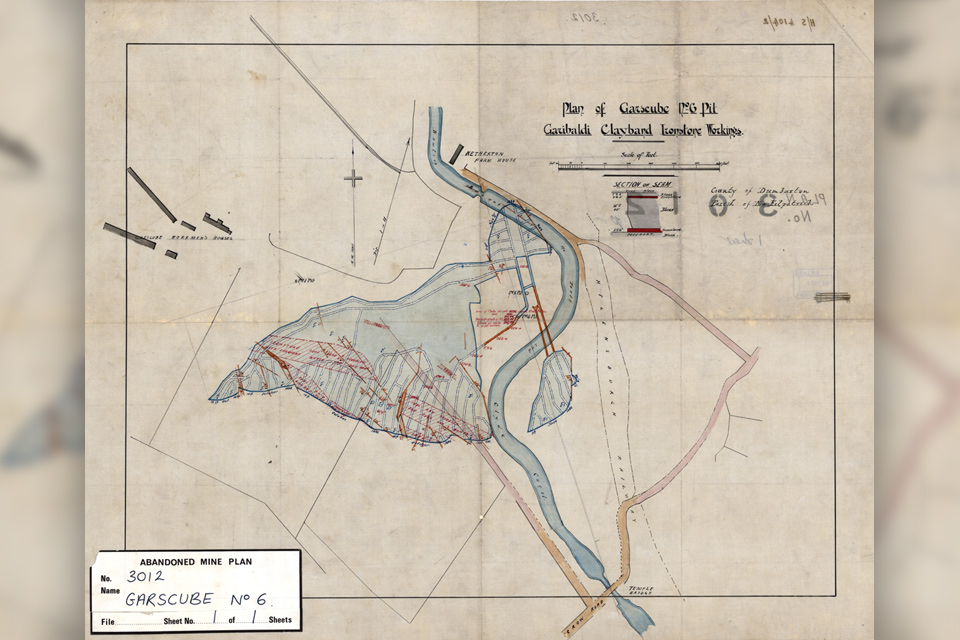
Release of over 500 Scottish abandoned-mine plans
24/06/2025
The historical plans cover non-coal mines that were abandoned pre-1980 and are available through BGS’s plans viewer.
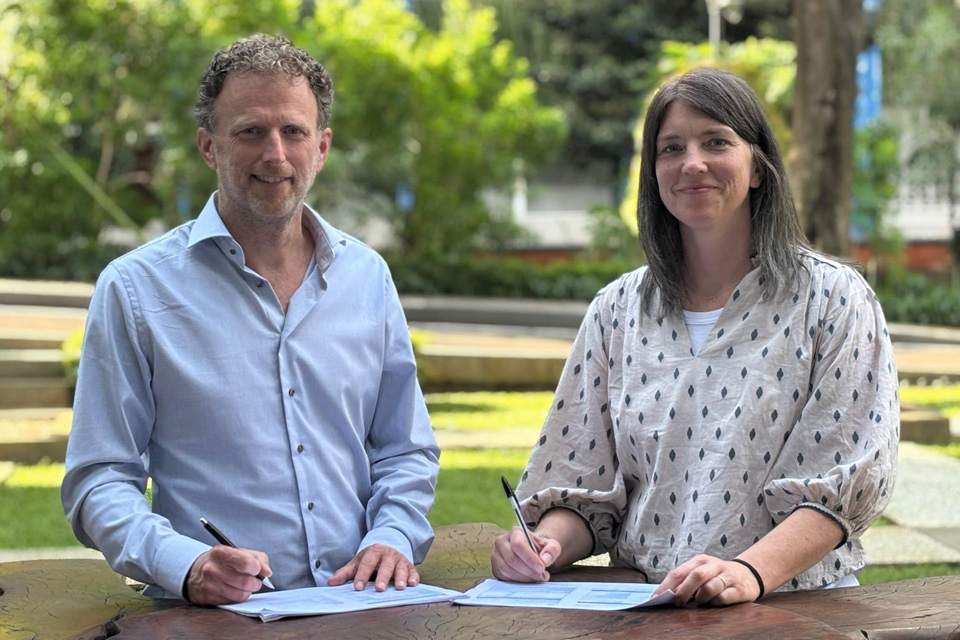
New collaboration aims to improve availability of real-time hazard impact data
19/06/2025
BGS has signed a memorandum of understanding with FloodTags to collaborate on the use of large language models to improve real-time monitoring of geological hazards and their impacts.
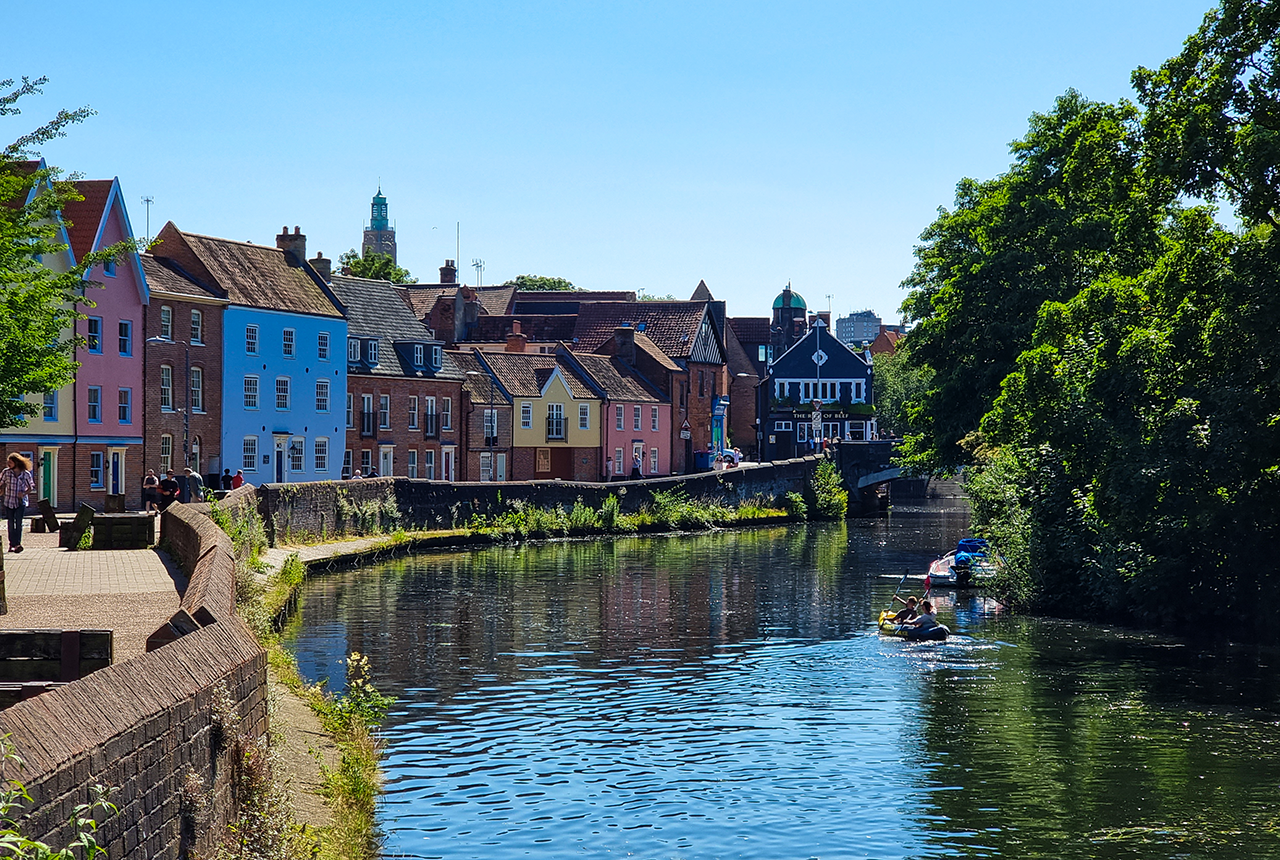
Modern pesticides found in UK rivers could pose risk to aquatic life
17/06/2025
New research shows that modern pesticides used in agriculture and veterinary medicines have been found for the first time in English rivers.

Goldilocks zones: ‘geological super regions’ set to drive annual £40 billion investment in jobs and economic growth
10/06/2025
Eight UK regions identified as ‘just right’ in terms of geological conditions to drive the country’s net zero energy ambitions.
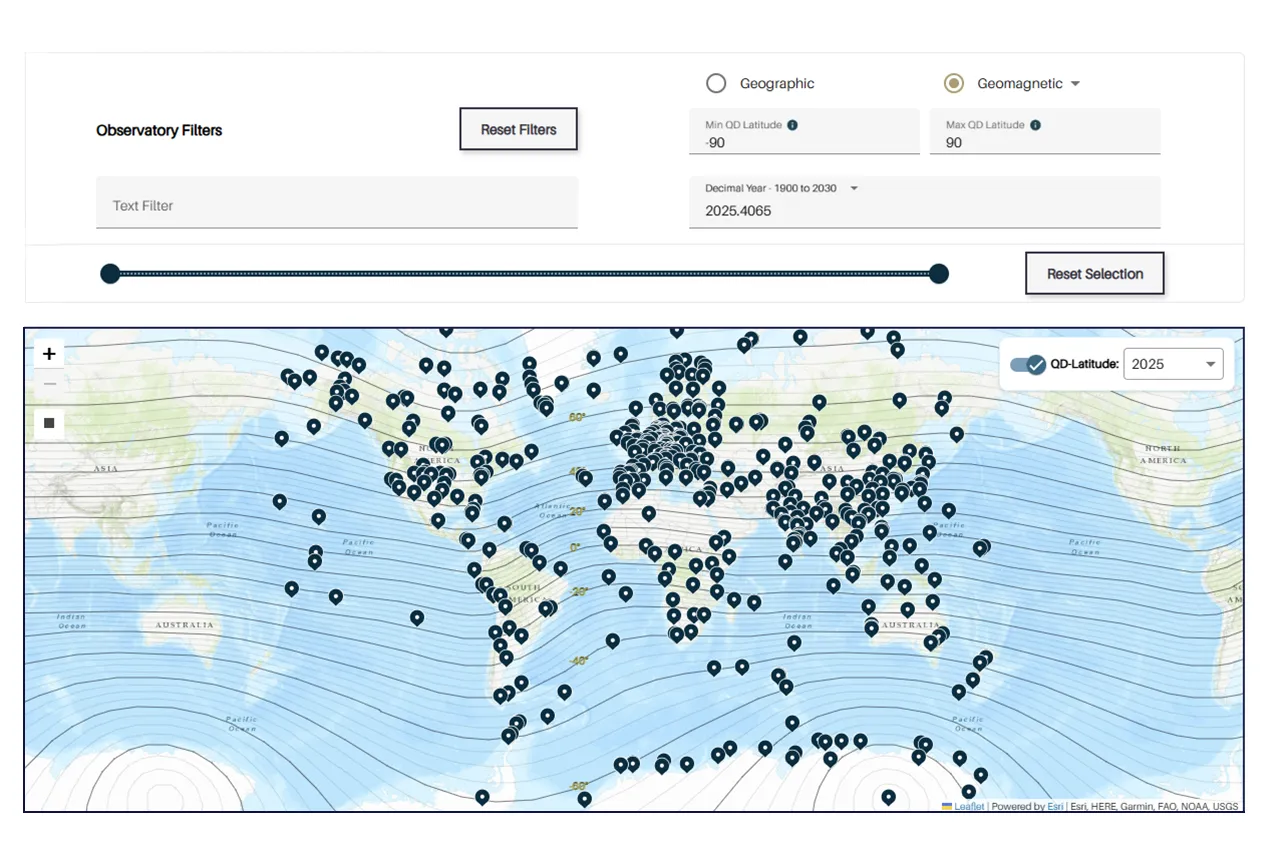
Upgraded web portal improves access to geomagnetism data
02/06/2025
BGS’s geomagnetism portal, which holds data for over 570 observatories across the world, has received a significant update.
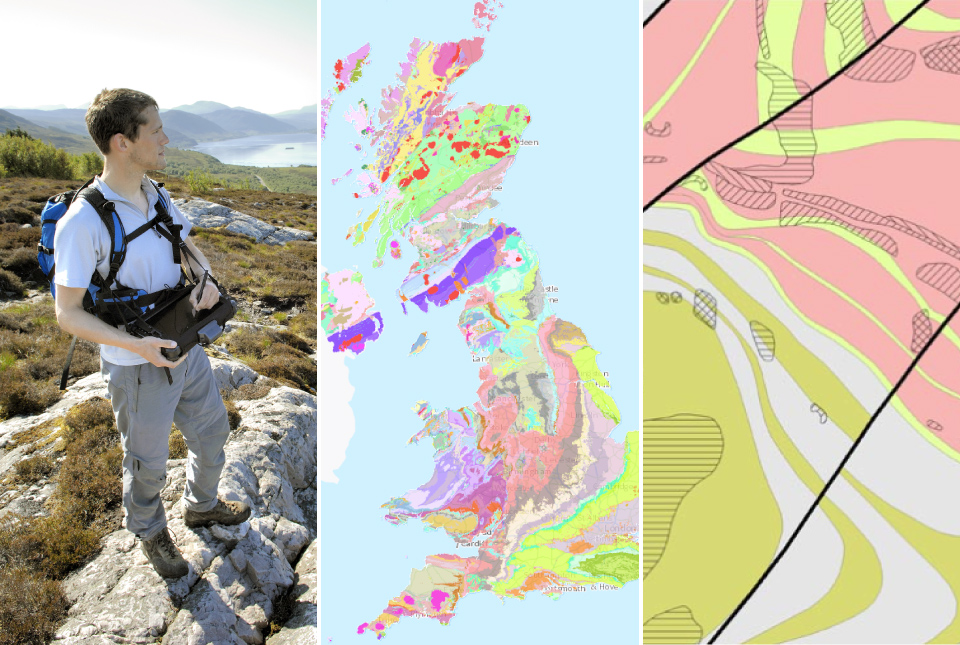
BGS digital geology maps: we want your feedback
29/05/2025
BGS is asking for user feedback on its digital geological map datasets to improve data content and delivery.
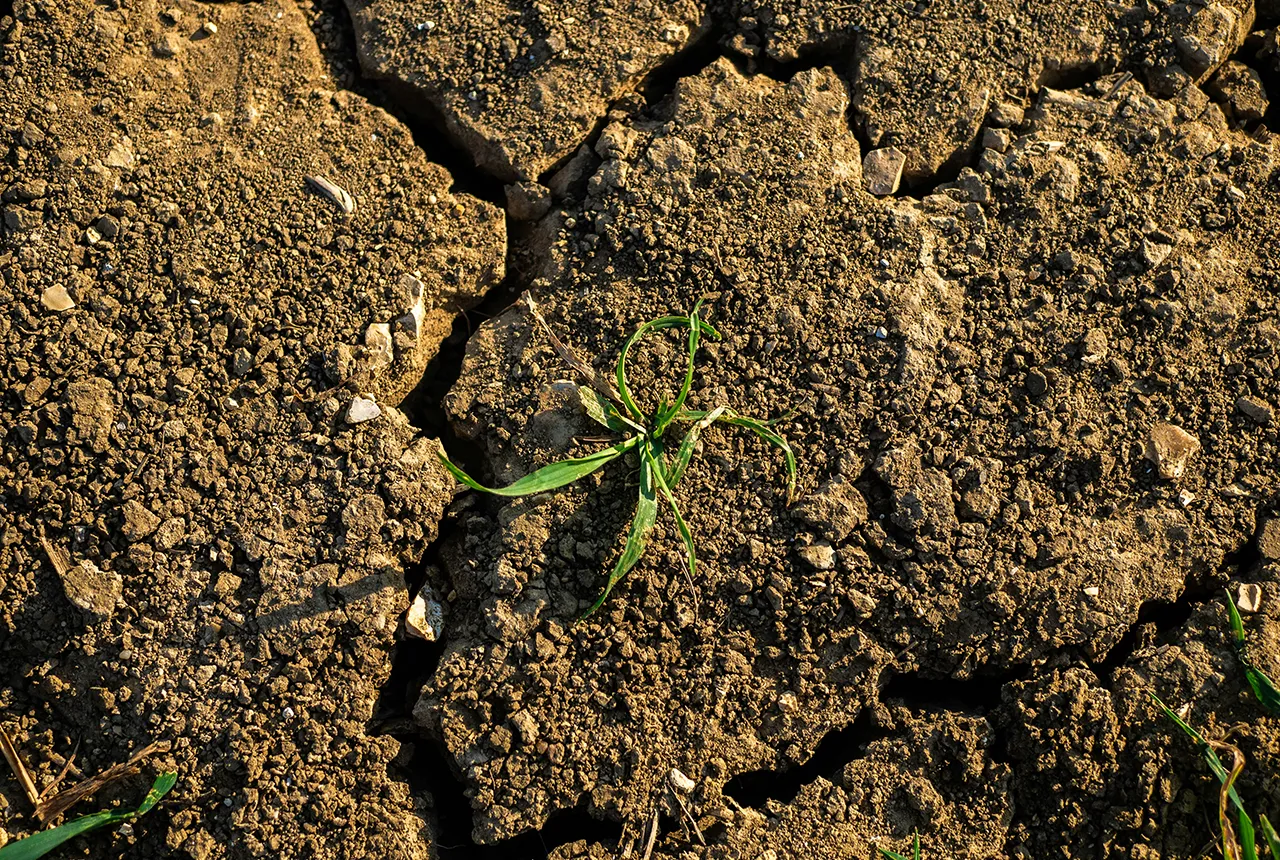
What is the impact of drought on temperate soils?
22/05/2025
A new BGS review pulls together key information on the impact of drought on temperate soils and the further research needed to fully understand it.
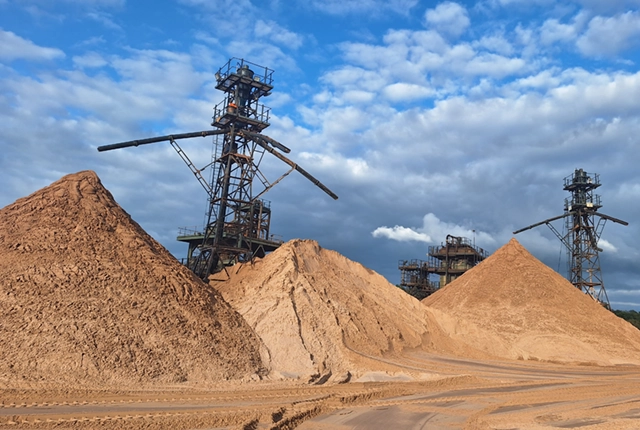
UK Minerals Yearbook 2024 released
21/05/2025
The annual publication provides essential information about the production, consumption and trade of UK minerals up to 2024.
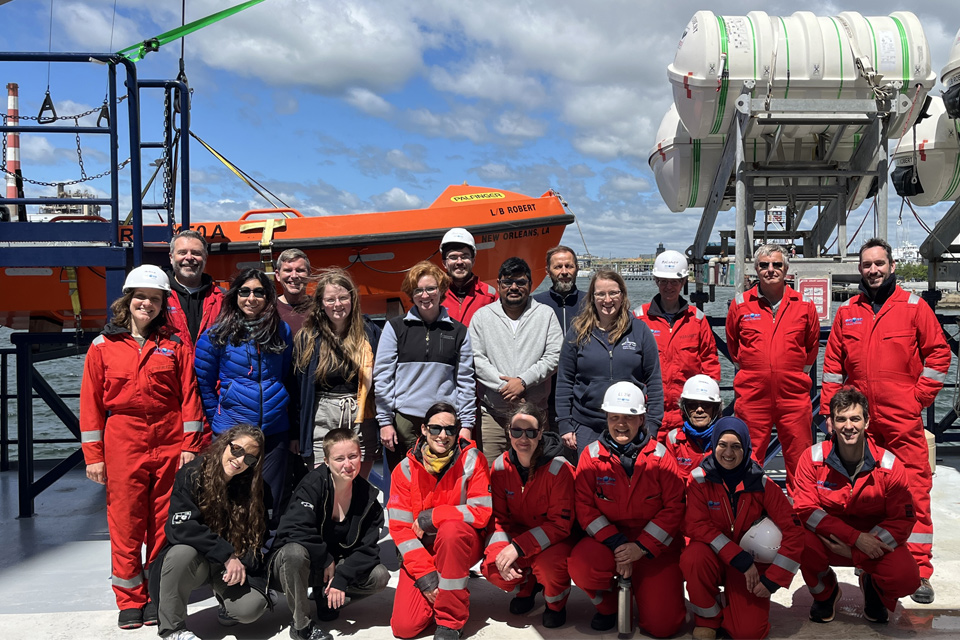
BGS scientists join international expedition off the coast of New England
20/05/2025
Latest IODP research project investigates freshened water under the ocean floor.
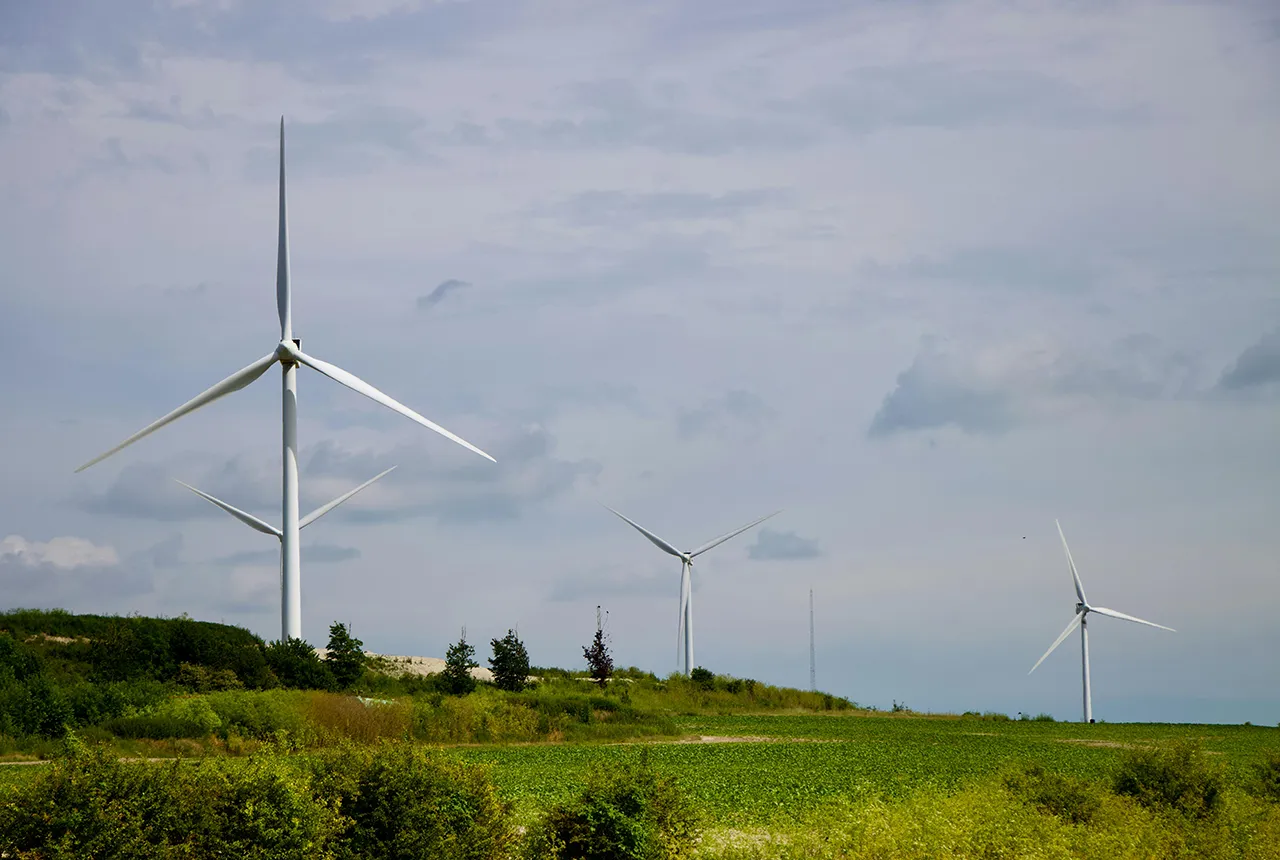
New interactive map viewer reveals growing capacity and rare earth element content of UK wind farms
16/05/2025
BGS’s new tool highlights the development of wind energy installations over time, along with their magnet and rare earth content.

UKRI announce new Chair of the BGS Board
01/05/2025
Prof Paul Monks CB will step into the role later this year.
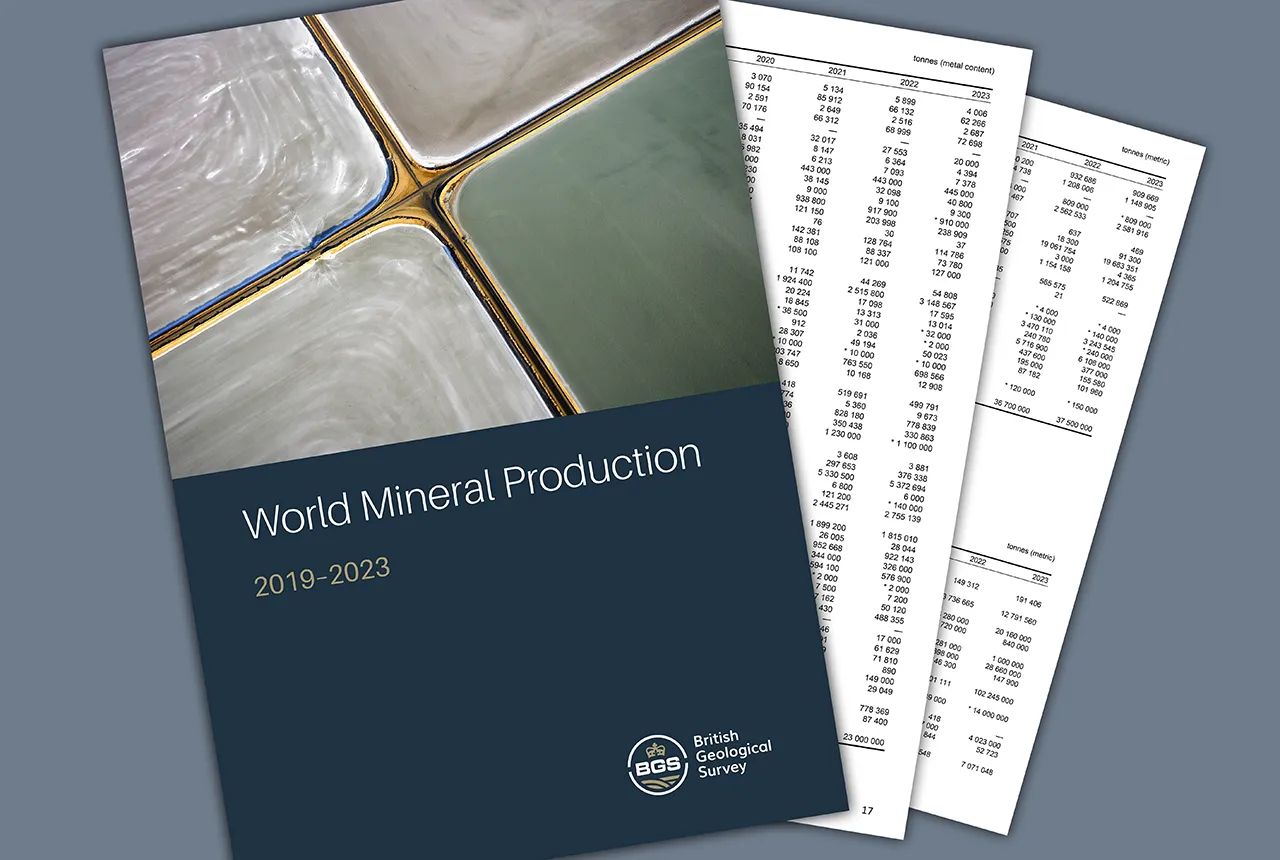
Latest mineral production statistics for 2019 to 2023 released
28/04/2025
More than 70 mineral commodities have been captured in the newly published volume of World Mineral Production.




